Firebush Information – How To Grow Hamelia Firebush Plants
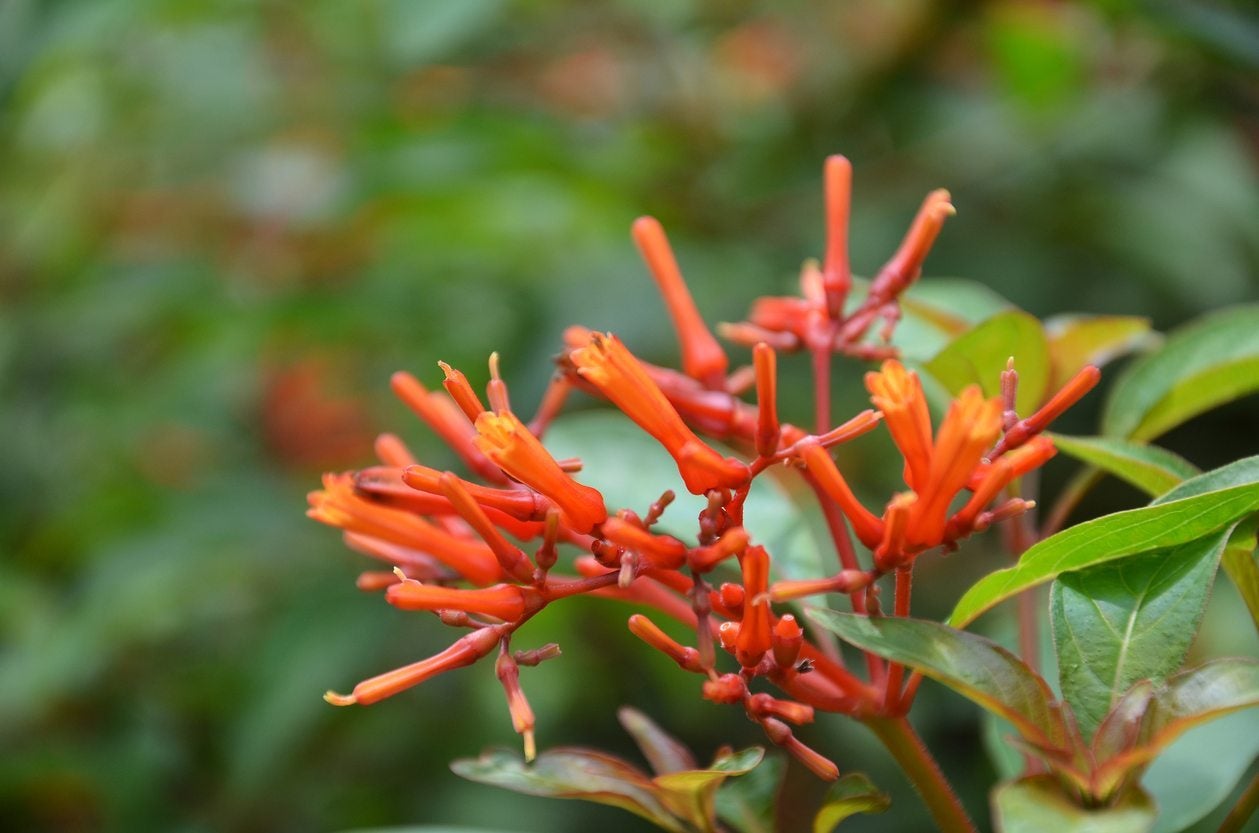

The name firebush doesn’t just describe this plant’s gorgeous, flame-colored flowers; it also describes how well the large shrub tolerates intense heat and sun. Perfect for zones 8 through 11, growing a firebush is easy if you know what conditions it needs to thrive. Exactly what is a firebush though?
Firebush Information
Firebush, also known as Hamelia patens, is a native to the southern U.S. and is a large, woody shrub. It can grow as tall as 15 feet (5 m.), but firebush can also be kept smaller. It grows quickly, shooting up several feet (1 m.) in its first growing season. Hamelia is a favorite plant in many southern states, like Florida, because it is native and easy to grow, but especially because it produces gorgeous flowers from spring all the way through the fall.
These bright, coppery-red blooms also attract pollinators to the garden, including butterflies and hummingbirds. Firebush also comes in a compact or dwarf size, which can be found at many nurseries. There is also a relatively new cultivar called ‘Firefly.’ This cultivar looks similar to the original firebush, but its leaves and flowers are about half the size.
How to Grow Hamelia Plants
Firebush plant care is not hard if you give it the right conditions and you have the right environment for it. Once Hamelia is established, it will tolerate drought and heat. Firebush absolutely requires warmth and full sun, so this is not a plant for northern climates or shady gardens. There are no known pest or disease issues that are common with firebush, and it is not particular about soil type.
Firebush will even tolerate some salty spray from the ocean. To grow firebush in your garden, plant it in late spring or early summer. Make sure the soil drains well, because this plant will not tolerate soggy roots. Water your Hamelia regularly until it has become established. Prune it as needed to keep it to a reasonable size but avoid over pruning. This will limit the production of flowers.
You can propagate firebush by seed or by cuttings. For southern gardeners, growing a firebush is a great way to add color and density to a space. With the right conditions of sun, heat, and moderately dry soil, you can easily keep this pretty bush happy and thriving in your garden.
Gardening tips, videos, info and more delivered right to your inbox!
Sign up for the Gardening Know How newsletter today and receive a free copy of our e-book "How to Grow Delicious Tomatoes".

Mary Ellen Ellis has been gardening for over 20 years. With degrees in Chemistry and Biology, Mary Ellen's specialties are flowers, native plants, and herbs.
-
 Looking For Plants To Give You The Soft And Fuzzies? Try These 5 Fuzzy Leaf Plant Options
Looking For Plants To Give You The Soft And Fuzzies? Try These 5 Fuzzy Leaf Plant OptionsLovers of texture, drama, silver foliage and tactile plants will adore these special sensory garden additions. These fuzzy leaf plant options will leave you all aglow
By Susan Albert
-
 Get Ready For A Summer Of Hummers! Grow These Full Sun Hummingbird Plants and Flowers
Get Ready For A Summer Of Hummers! Grow These Full Sun Hummingbird Plants and FlowersIf you’re lucky enough to enjoy a sunny backyard, make sure you are maxing out on your pollinator opportunities and grow these full sun hummingbird plants and flowers
By Tonya Barnett
-
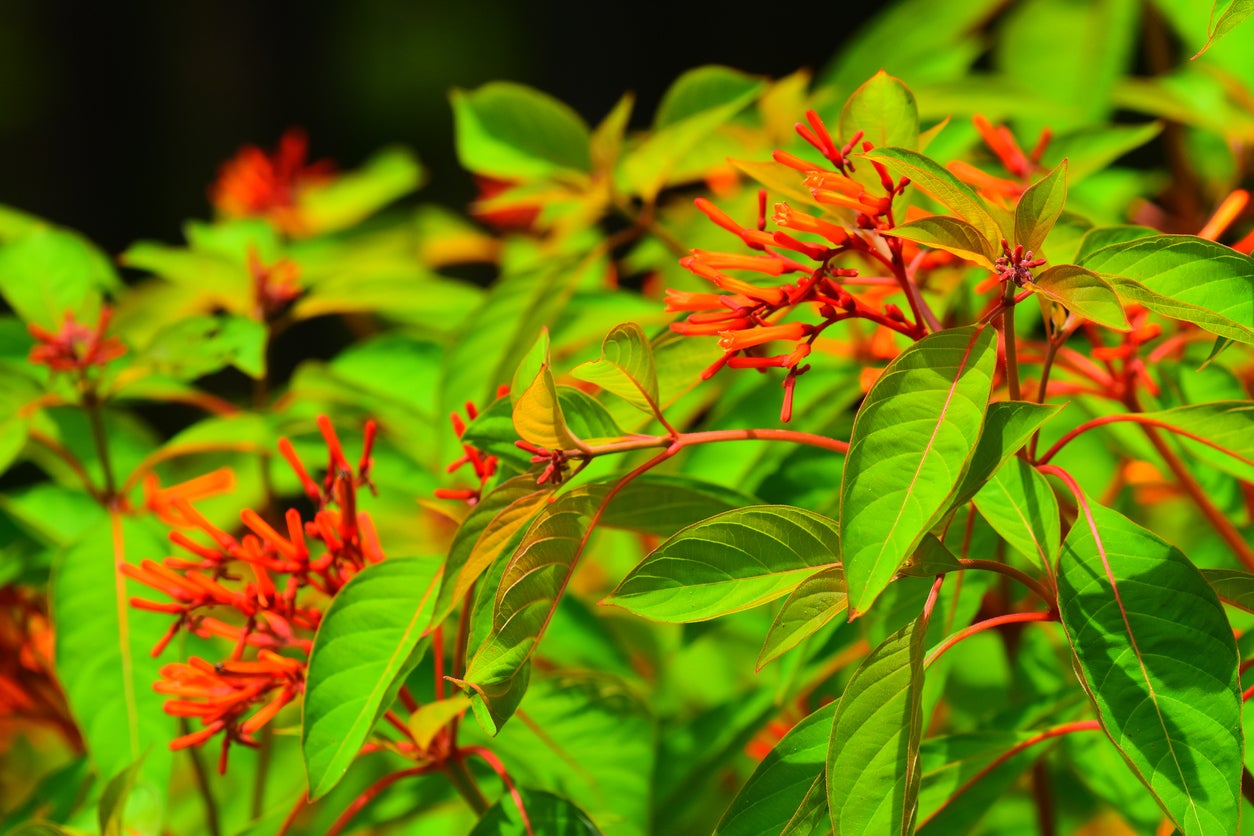 Firebush Winter Care Guide – Can You Grow A Firebush In Winter
Firebush Winter Care Guide – Can You Grow A Firebush In WinterKnown for its bright red flowers and extreme heat tolerance, firebush is a popular blooming perennial. But as with many plants that thrive on heat, the question of cold quickly arises. Learn more about firebush cold tolerance and firebush winter care here.
By Liz Baessler
-
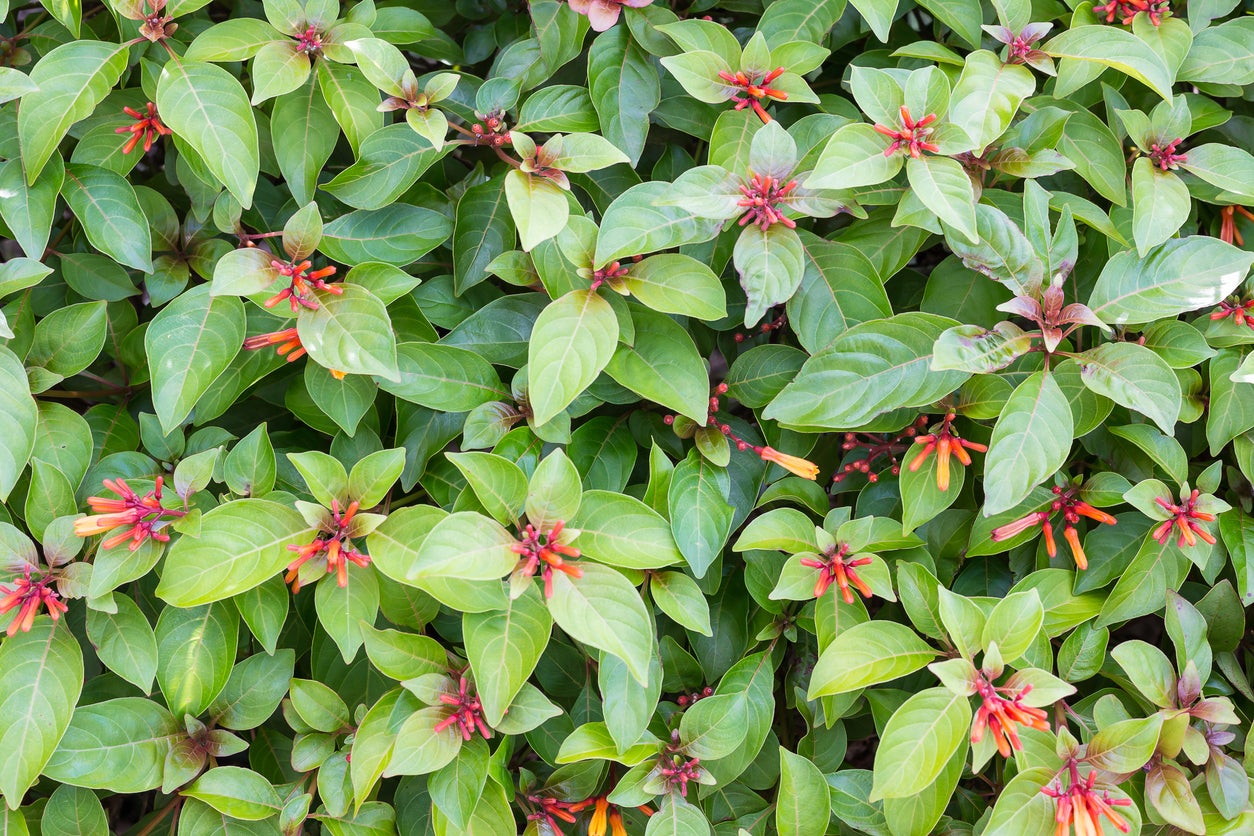 Can You Grow A Firebush Hedge: Firebush Boundary Plant Guide
Can You Grow A Firebush Hedge: Firebush Boundary Plant GuideKnown for its dazzlingly red flowers and ability to sustain high temperatures, firebush is also known for being able to take a serious pruning. These qualities combine to make it a great choice for a natural hedge. Learn more about growing firebush hedge plants here.
By Liz Baessler
-
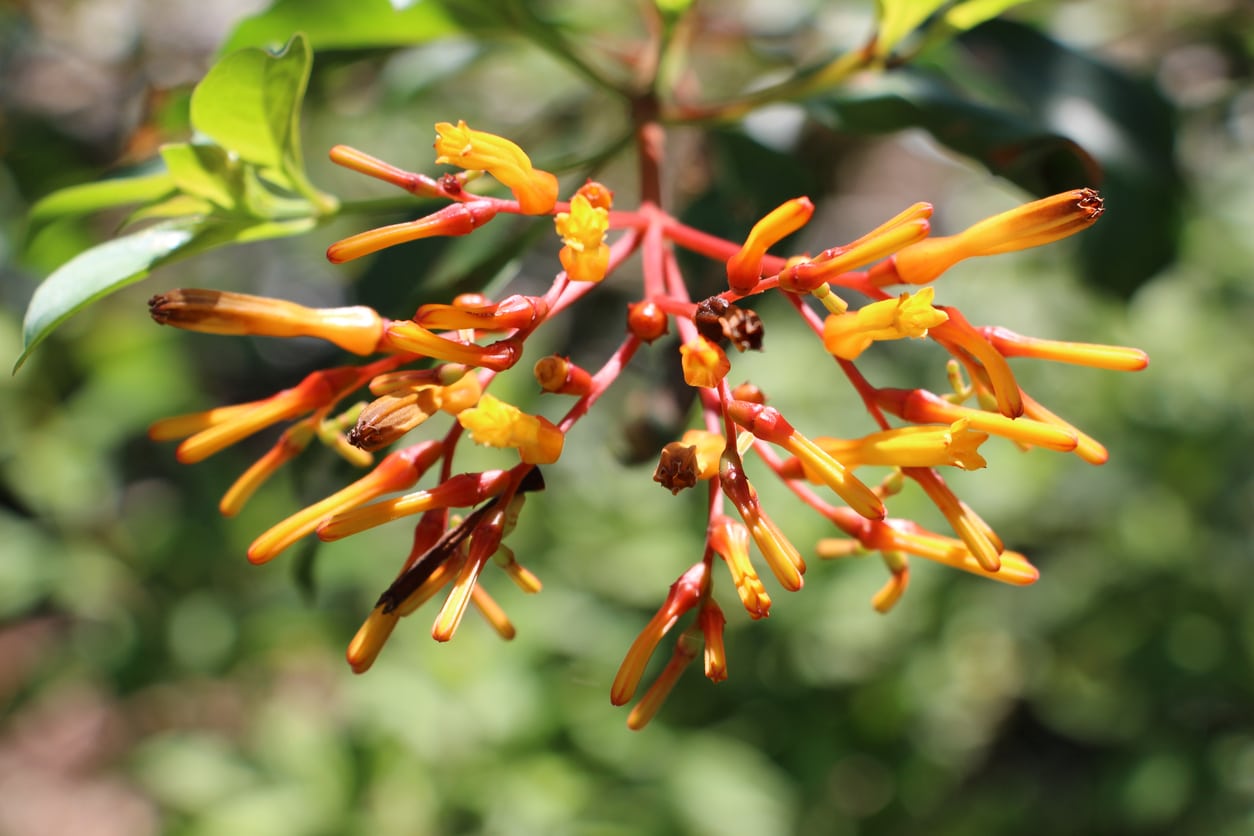 Popular Types Of Firebush – Learn About Different Kinds Of Firebush Plant
Popular Types Of Firebush – Learn About Different Kinds Of Firebush PlantFirebush is the name given to a series of plants that bloom profusely with bright red, tubular flowers. But what exactly constitutes a firebush, and how many varieties are there? Learn about different firebush cultivars and species in this article.
By Liz Baessler
-
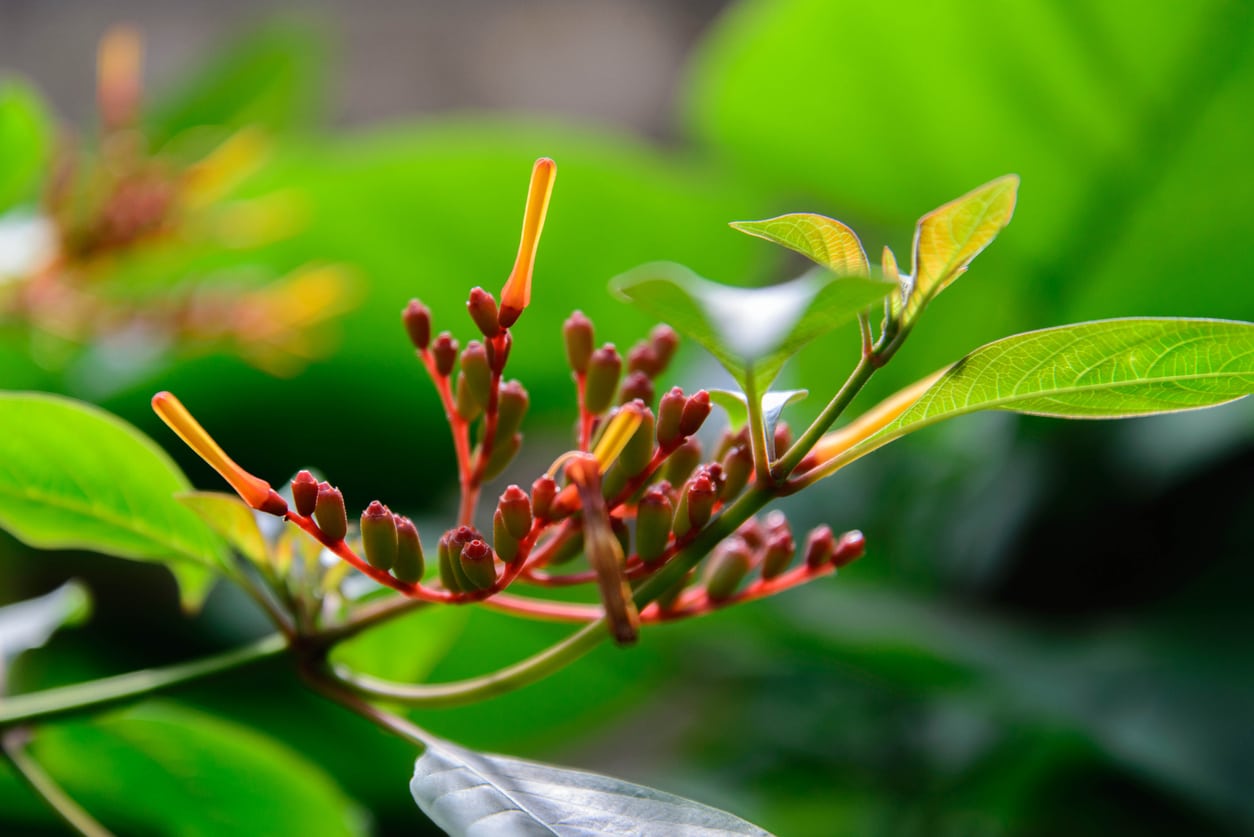 Uses For Firebush Plants: What Is Firebush Good For
Uses For Firebush Plants: What Is Firebush Good ForFirebush earns its name two ways - one for its blazing red foliage and flowers, and one for its ability to thrive in the extreme summer heat. The versatile plant has several uses, both in and beyond the garden. Learn more about using firebush shrubs in this article.
By Liz Baessler
-
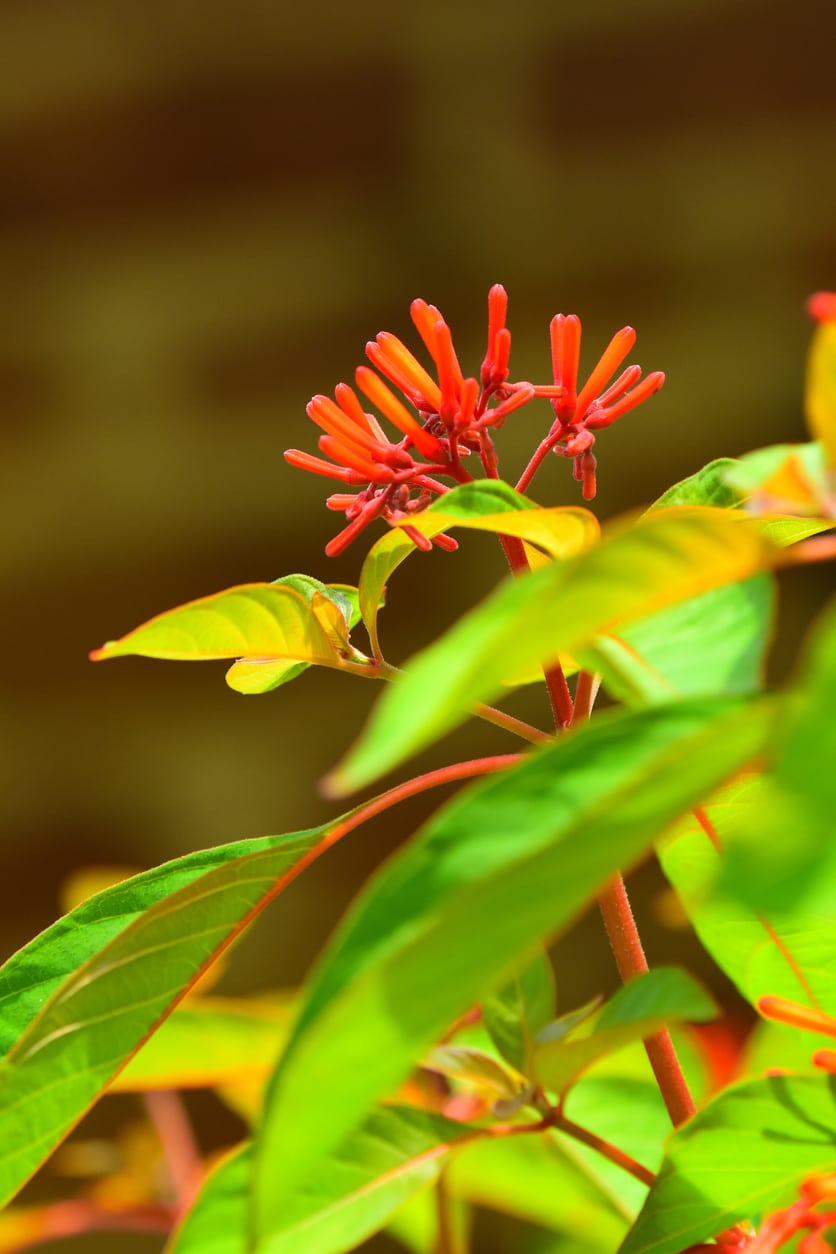 Firebush Container Care: Can You Grow Firebush In A Pot
Firebush Container Care: Can You Grow Firebush In A PotA lover of hot weather, firebush is native to tropical regions. In cooler, non-tropical locations, firebush can be grown as an annual or container plant. Click here to learn some care tips for potted firebush plants and see if this plant is for you.
By Darcy Larum
-
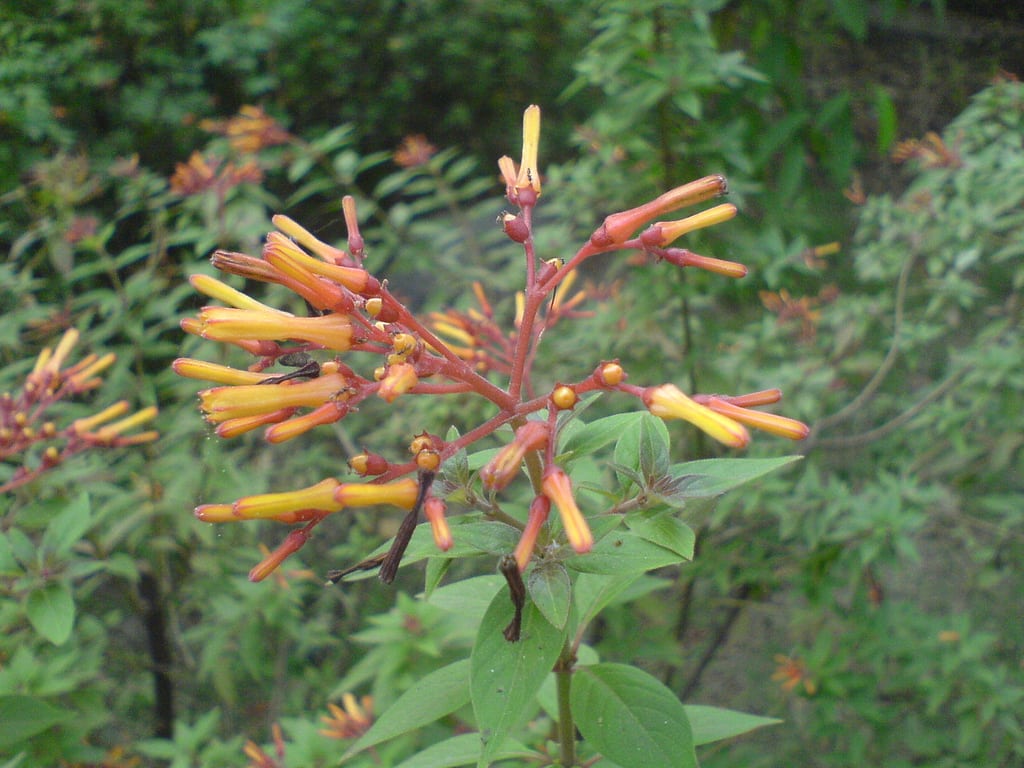 Firebush Seed Sowing: When To Plant Firebush Seeds
Firebush Seed Sowing: When To Plant Firebush SeedsIf you are wondering about growing beautiful and easy-care firebush, then click this article for information on firebush seed propagation. We’ll offer tips on growing firebush from seeds including when and how to plant firebush seeds.
By Teo Spengler
-
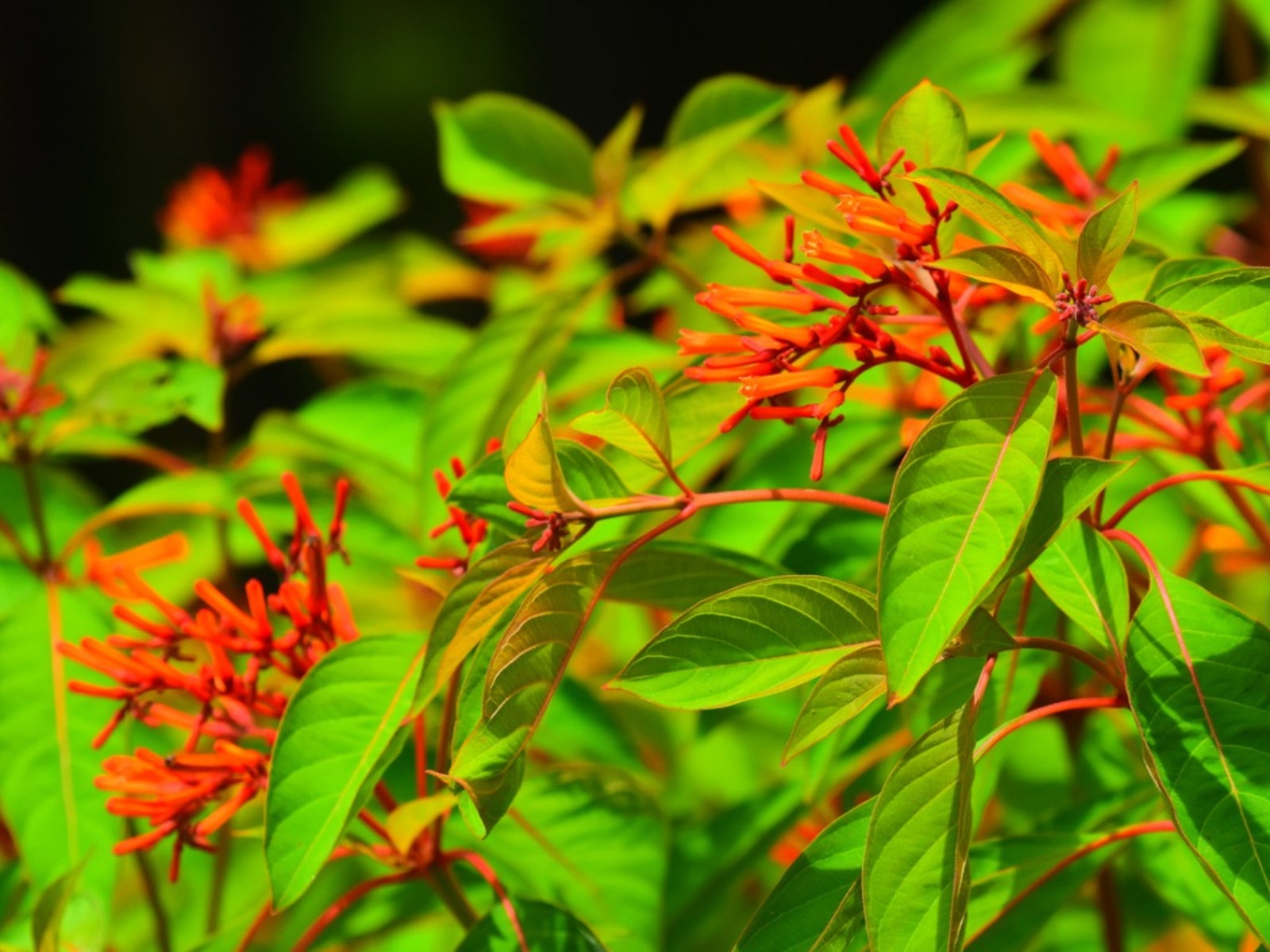 Firebush Leaf Drop: Reasons For No Leaves On A Firebush
Firebush Leaf Drop: Reasons For No Leaves On A FirebushFirebush is generally easy to grow if you live in the warm climates of USDA plant hardiness zone 9 through 11, but even this hardy shrub is sometimes beset by problems, including firebush leaf drop. Explore what may be to blame in this article.
By Mary H. Dyer
-
 Firebush Watering Guide – Tips For Watering A Firebush Shrub
Firebush Watering Guide – Tips For Watering A Firebush ShrubFirebush is practically bullet-proof once established and tends to be relatively drought tolerant, but it does regular irrigation, especially during the early years. Click on the following article and we’ll discuss firebush water requirements.
By Mary H. Dyer